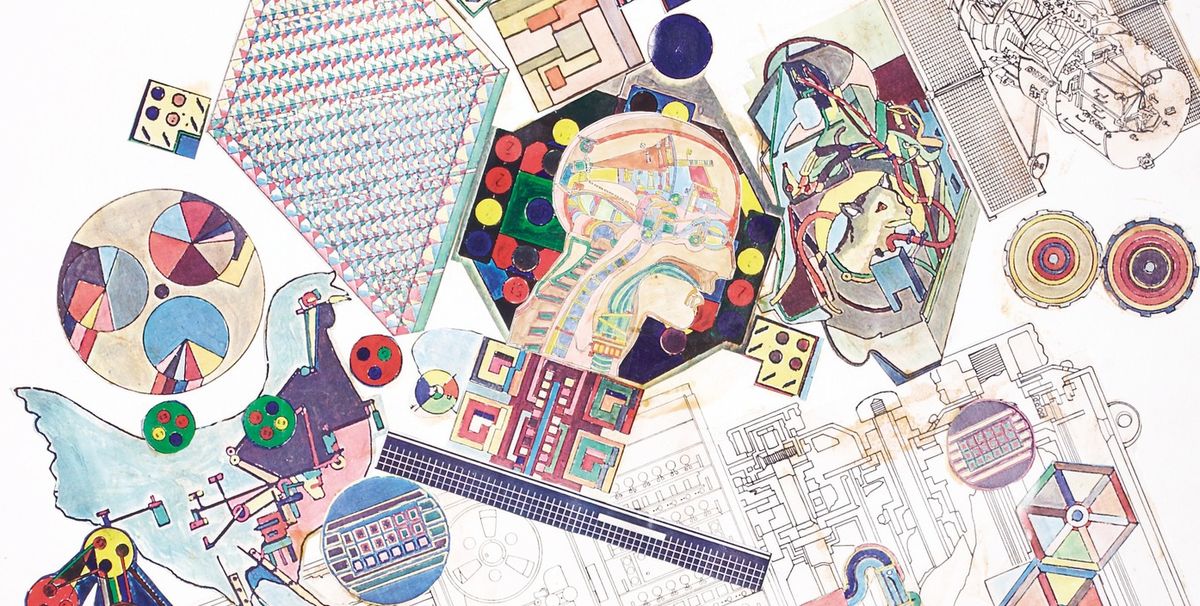An exhibition at the Lightbox gallery in Woking, Surrey, allows visitors to listen to recordings of artists such as Eduardo Paolozzi, Elisabeth Frink and Lynn Chadwick speaking intimately about their work and personal lives.
“Eileen Agar's outrageously old-school poshness, William Gear's firm Scottish reasonableness [and] Josef Herman's Polish-Jewish style of storytelling,” are just some of the distinctive voices in the exhibition, says the curator Michael Bird.
In Their Own Words: Artists' Voices from The Ingram Collection (until 30 July) pairs up short extracts from the British Library’s Artists’ Lives archive with works by 22 Modern British artists from the Ingram Collection.
Some recordings, such as Paolozzi speaking about his designs for the murals at Tottenham Court Road underground station, were selected as they “refer specifically to works that are in the show”, Bird says. Others, such as Frink's engagement with the classical nude, were chosen to “illuminate broader themes” in the artist's work. Still more give the listener an “instant dose of an artist's personality”, he says.

The exhibition is grouped thematically, with sections such as “Watching People”, “Places and Spaces” and “Home Is Where We Start From”. The latter is Bird’s favourite as it describes childhood memories, including “Carel Weight in the bath, William Gear drawing his teacher's handbag [and Eileen] Agar being a thoroughly naughty girl”.
Bird selected the extracts from the Artists’ Lives oral history archive during a year-long Goodison Fellowship at the British LIbrary. The archive is a subsection of the library’s National Life Stories and houses around 400 interviews with British artists as well as critics and gallery directors.
Although the exhibition is tightly curated, Bird says, he hopes visitors feel as though there is nothing “standing between the artist and their work” as they listen while standing in front of the paintings, drawings and sculptures. “For those few moments, you're immersed in their world.”
Bird has selected short extracts—“most of them last between one and two minutes”— for the exhibition. The full recordings and archive can be accessed here.


